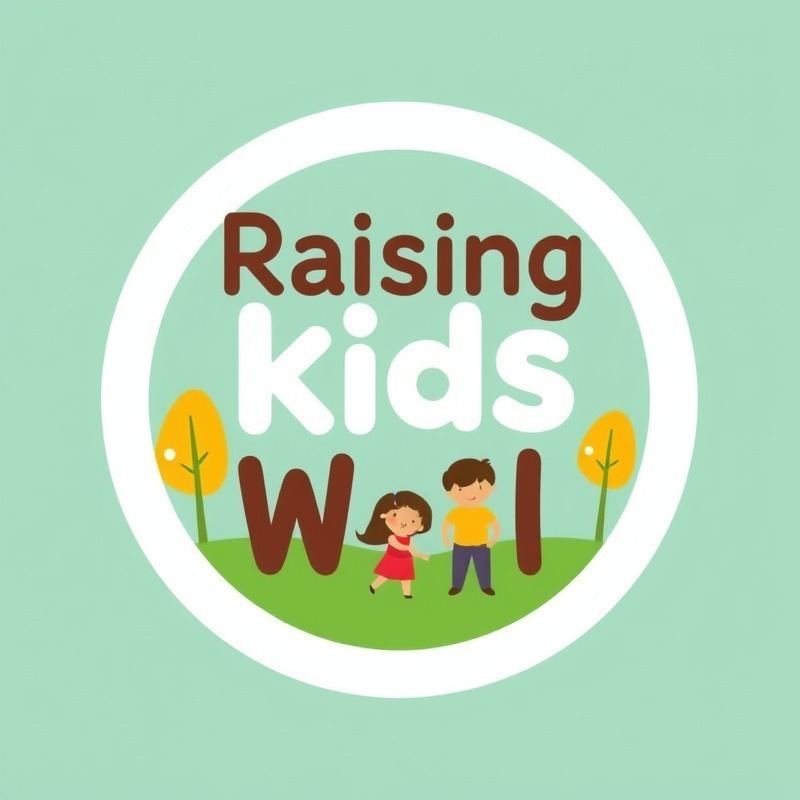
Turning Mealtimes into Playtime: Fun Ways to Engage Kids with Food
There’s nothing quite like the sight of a child grimacing at vegetables. As every parent knows, introducing children to a balanced diet can seem less like a nurturing endeavor and more like an uphill battle. Yet, there are creative ways to make this process enjoyable and engaging instead of a dreaded necessity. By incorporating playful strategies into meal planning, parents can significantly reduce resistance and foster a more adventurous attitude toward food.
Playful Grocery Adventures: Eye Spy with Colors
Grocery shopping can be transformed from a mundane chore into an exciting adventure. Try playing “Eye Spy” in the produce aisle! Encourage your children to spy out as many different colors of fruits and vegetables as they can find. Instead of rushing through the aisles with a standardized shopping list, take your time to point out interesting sights—blood-red strawberries, vibrant yellow bananas, and deep green zucchinis. Allowing them to choose a few colorful selections for the cart diminishes the initial fear of new foods. The focus shifts from “Do I like this?” to “Look at that!” which makes the process less daunting.
Exposure without Pressure: The Power of Familiarization
Rather than pressuring kids to eat unfamiliar foods, focus on creating exposure. According to Ellen Satter’s renowned book, Secrets of Feeding a Healthy Family, parents should manage the what, when, and where of meals, while children decide how much and whether they want to eat. By repeatedly presenting colorful and varied foods, children gradually become accustomed to their taste and appearance. You might find that your little one will eventually surprise you by trying, or even enjoying, broccoli after just a few more meals of seeing it on their plate.
Rainbow Racing: Turning Nutrition into a Game
Games can be an enticing way to ignite children's curiosity toward food. A Rainbow Race could spark excitement around eating healthy! Kids can track the colors of the foods they consume each week, aiming to ‘complete’ their rainbow. Setting up a friendly competition—who can find the most colors within a week?—adds an entertaining twist to nutrition. This can be a collective goal for the entire family, creating an environment of togetherness while promoting healthy habits. A printable tracking grid helps visualize their progress, encouraging balance without pressure to achieve perfection.
Building Healthy Habits: The Importance of Early Exposure
Understanding that exposure is key is essential. According to studies in child development, repeated exposure to various foods is crucial in helping children develop favorable attitudes toward a balanced diet. This strategy ensures that children feel comfortable exploring new tastes and textures when they are ready. Pressure-free experiences create a safe environment that cultivates curiosity rather than aversion towards vegetables and fruits.
Celebrating Small Wins: Recognizing Progress
Every small step toward trying a new food is a victory worth celebrating. Keep in mind that it might take numerous encounters before your child warms up to a specific vegetable, and that’s completely normal! Engage with them about their experiences; did the color of the vegetable intrigue them? How did the texture feel? Did they enjoy the taste? Recognizing and sharing these moments helps foster an atmosphere of openness.
Conclusion: Embracing Healthy Explorations Together
Mealtimes don’t have to be overwhelming or exhausting when introducing a balanced diet to children. By framing the experience as a colorful and playful exploration, you can pave the way for children to make healthier choices. In the end, remember that fostering a positive relationship with food is crucial for developing lifelong healthy eating habits. Let's make nourishment an adventure!
Encouraging your children to “eat the rainbow” can be a fun, engaging, and rewarding process that benefits the whole family. Ready to try these tactics? Give them a go and see how your little ones respond! Share your experiences and how your child’s palate is evolving; your stories can inspire other parents on a similar journey.
 Add Row
Add Row  Add
Add 



Write A Comment